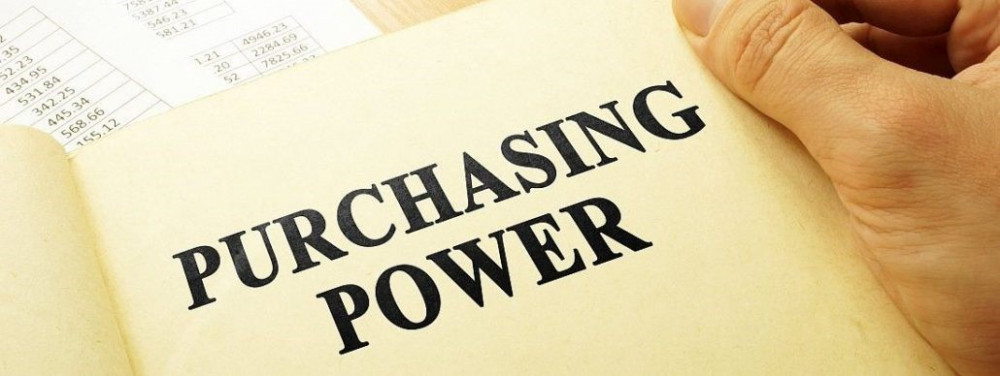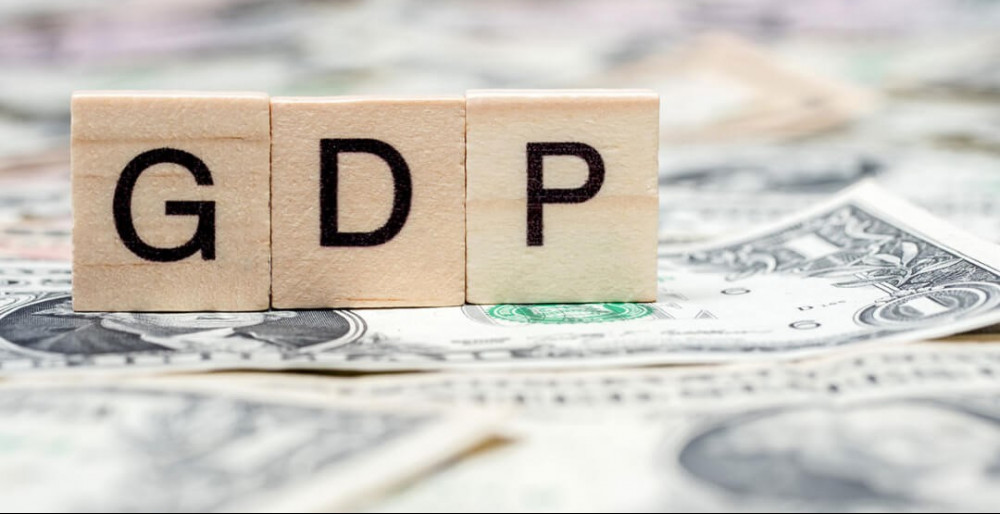What Is Purchasing Power? How Does It Work?

Purchasing power is the measure of how much currency you can buy goods and services with. It is calculated by taking the gross domestic product (GDP) of a country and dividing it by the total population of that country. This number tells you how many goods and services someone can acquire in a given amount of time with the GDP they have. The Purchasing Power was also developed to tell if a country’s standard of living is improving or deteriorating.
What is Purchasing Power?
Purchasing power is the number of goods and services a country can purchase with its GDP. With this number, we can compare countries to see how much each one’s standard of living is improving.
A country’s purchasing power is an important metric to pay attention to because it can allow us to compare our nations’ standards of living. We measure purchasing power by comparing a country’s GDPs to its population numbers. When comparing countries, the bigger the number, the better their standard of living is.
For example, in 2016, the United States had a GDP of $18.8 trillion and a population of 327 million people (population: 321 million). It has an average purchasing power of $4913 per capita (PPP: $4911).
How to Calculate your Purchasing Power
There are different ways to calculate your purchasing power. In this article, we’ll show you how to calculate it for your business.
First, you need to determine how many people in your local market will be able to buy what you’re offering. It’s important that you consider the number of consumers in your target market, not just your company’s total sales. For example, if you sell a product or service targeted at men between the ages of 18 and 45 years old, then the number of consumers is going to vary based on many factors like income level and age. But there are still going to be a lot of men between 18 and 45 years old who can afford your product or service. The only way you could know that number would be by considering the number of potential buyers on each side of those age brackets who fit into each group.
The Difference Between GDP and Purchasing Power
GDP is the total market value of all goods and services produced in a country, including everything that isn’t produced within the country. GDP is used to measure economic growth as well as inflation and unemployment.
Purchasing Power measures how much it costs to live in every country. It’s also commonly referred to as “real” money because it measures what you can buy with your hard-earned dollars. A monetary unit of this kind could be one dollar, or even less than a dollar—such as 0.01 cents or even pennies (1/100th of a cent). The ideal unit for purchasing power is one cent, but we’ll use 1 US dollar ($10).
In the United States, the US Current Account Deficit is the difference between the number of goods and services purchased by U.S. citizens and the amount they receive from their government in taxes.
To calculate purchasing power, you divide the total product by its cost (dollars per year). PPP rates are used while comparing countries based on their living standards and standard of living (inflation), not just on their currencies (how much they’re worth). So if you want to compare countries based on how much they cost to live there.
This post contains affiliate links. Please please read my Disclaimer for more information

How Is the GDP Calculated?
The GDP is calculated by taking money out of the pockets of the people and placing it into a number of banks. This process is known as Money Creation.
To determine GDP, an economist looks at a country’s overall GDP, the total amount of goods, services, and money that has been created in the economy (Fixed Assets). Next, they take these inputs and multiply them by some number that represents population growth.
Of course, there are many factors that influence GDP and its values, such as inflation rates, military spending, and government expenditure. To help you understand how to calculate GDP for your business and country, we’ve put together this handy guide to tell you everything you need to know about measuring GDP for your business.
What are the Problems With the Current System of Currency Exchange?
In the 19th century, the value of money was pegged to gold. Then in 1971, the dollar lost its value and inflation began. This resulted in lower purchasing power for everyone and a lack of competitiveness.
Today, we have a completely different situation. The value of our currency has not fallen since 1971, but it is now worth practically nothing. This has created an opportunity for companies around the world to purchase goods and services with little or no cost to them.
It’s true that some people can still use dollars, but they are more expensive than other currencies such as euros and yen. What this means is that those who do not currently have a dollar will likely be forced to purchase goods and services with dollars in the future if they want to acquire items that would previously cost them too much (such as food).
This brings up another problem: People who do not currently have dollars can’t easily buy things because there is almost no demand for our currency, meaning many cannot afford these purchases. If you’re having trouble affording these items or you don’t have access to them in your country, then you may be forced—or forced into—buying through third parties who charge high fees for their services (like Amazon).

Conclusion
The Purchasing Power is a well-known measurement used to compare the buying power of countries. It has been known in previous years (which have included World War II) to bring about important changes in the economy. Since it was first developed, the purchasing power of a country’s currency has changed dramatically.
According to Wikipedia, “the Purchasing Power Parity (PPP) is a measure of purchasing power based on purchasing power parity (PPP). PPP takes into account differences in prices across countries and adjusts for differences between nations’ currencies.”
This allows you to compare your country’s standard of living with other countries across different scenarios by showing that your country stands out as having a better standard of living than others. It’s an amazing tool that allows you to see how much money you can buy with each dollar you make.
“If you have any feedback about what is purchasing power that you have tried out or any questions about the ones that I have recommended, please leave your comments below!”
NB: The purpose of this website is to provide a general understanding of personal finance, basic financial concepts, and information. It’s not intended to advise on tax, insurance, investment, or any product and service. Since each of us has our own unique situation, you should have all the appropriate information to understand and make the right decision to fit with your needs and your financial goals. I hope that you will succeed in building your financial future.
Leave a Reply